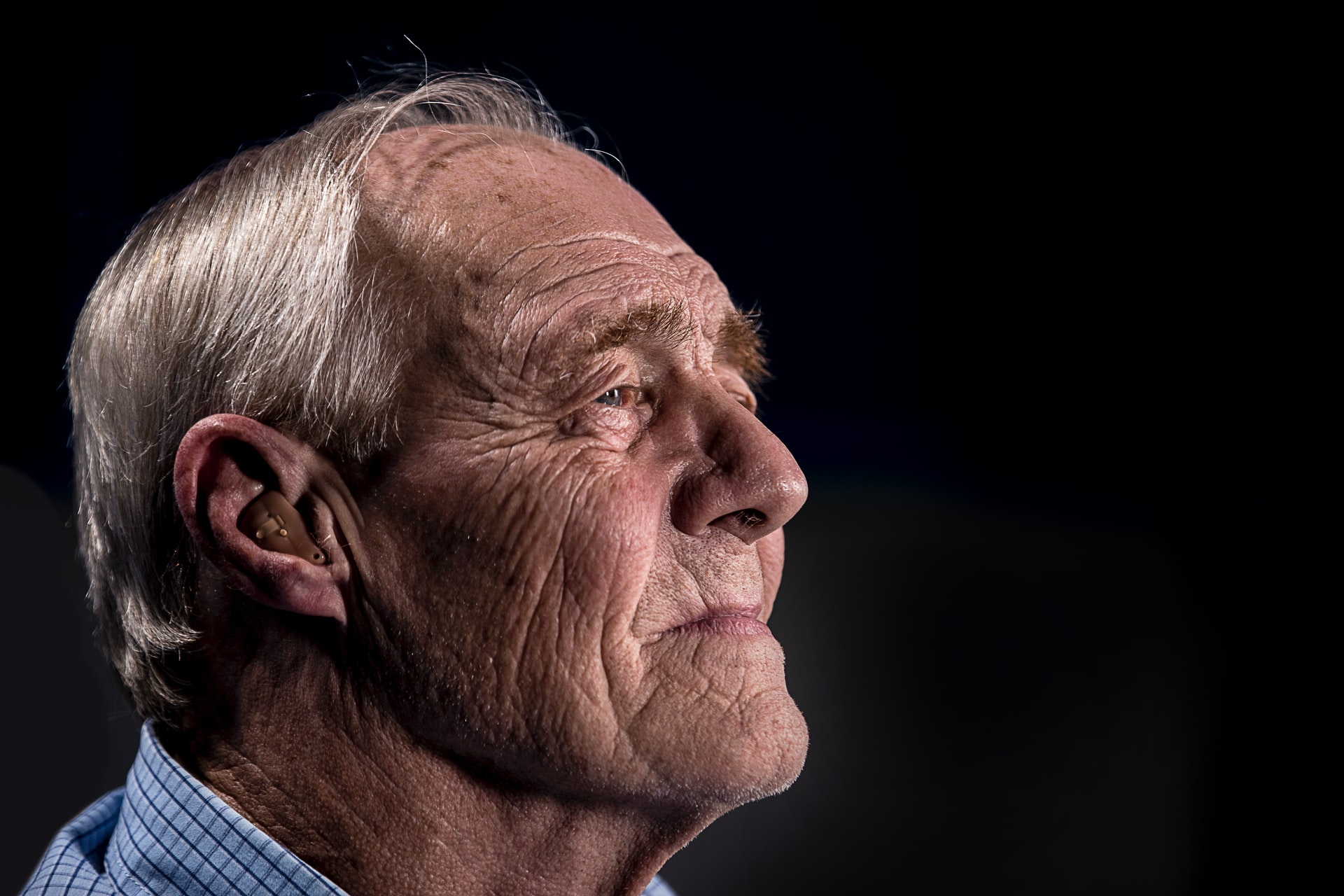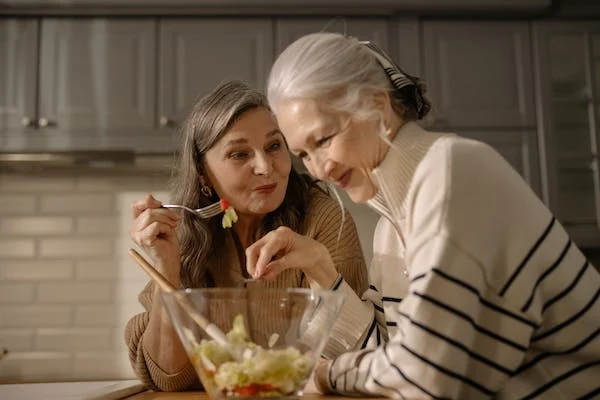by Amanda Menard, LPN, November 1, 2019
An unprecedented shift is occurring worldwide, wherein the population over age 65 is growing in numbers. This demographic change will lead to the elderly population outnumbering young children. Part of this shift is due to increasing life expectancy, with people living longer thanks to better health and more effective health care. The elderly do face a number of common health issues that need to monitored.
Alzheimer’s Disease
As the sixth-leading cause of death in the United States, Alzheimer’s disease has an alarming prevalence among the elderly population. This progressive illness usually begins with mild symptoms of forgetfulness. Over time, as the brain actually shrinks, the symptoms worsen and the patient loses important cognitive functions. While a cure is currently out of reach for Alzheimer’s disease, treatment can help manage symptoms. The typical survival period from the onset of symptoms is eight years, depending on age and other health conditions.
- Alzheimer’s Disease
- What is Alzheimer’s Disease?
- Alzheimer’s Disease and Cognitive Decline
- Basics of Alzheimer’s Disease
- Dementias, Including Alzheimer’s Disease
- Living With Alzheimer’s
- Driving and Alzheimer’s Disease
Cancer
With aging, the risk of developing cancer rises. The prevalence of cancer among the elderly is connected to several different factors. Cancer involves the mutation of cells over time, these cells are more likely to undergo cancerous mutations with advancing age. Long-term exposure to environmental carcinogens such as chemicals can also lead to cancer in old age. Other health issues can complicate and even mask symptoms, making it a challenge to diagnose and treat cancer in the elderly. With their declining stamina, many older people cannot tolerate typical cancer treatments, making it necessary for health care professionals to develop alternative courses of treatment for the elderly.
- Cancer and Aging
- Risk Factors for Cancer
- Biology of Cancer and Aging: A Complex Association With Cellular Senescence
- Breast Cancer Risk Factors: Age
- Breast Cancer
Heart Disease
The American Heart Association® estimates that more than 42 million adults over the age of 60 have some type of cardiovascular disease. Approximately 70 percent of the men and women between the ages of 60 and 79 have cardiovascular disease. A number of factors contribute to the prevalence of heart disease among the elderly population. Older hearts tend to work less efficiently due to increased size, accumulation of fat deposits, and a degeneration of muscle cells. Adding other factors such as unrelated illnesses, medications, aging and injuries can increase an older person’s likelihood of developing heart disease.
- Cardiovascular Disease and Stroke Prevention Program
- Signs and Symptoms of Heart Attack and Stroke
- Cardiovascular Disease
- Heart Disease and Cancer
- About Heart Disease and Stroke
- Cardiovascular Disease Prevention and Control
Mental Health
A number of mental health issues can plague the elderly population. Depression is common among older people, stemming from life circumstances such as retirement, loss of loved ones and friends, isolation, and declining health. Untreated, depression can begin a cascade of physical health problems that could lead to failing health. Elderly people may also experience anxiety due to persistent worries about typical issues such as money, family, and work. Mental health issues may go undetected in an older person due to isolation. For this reason, it’s important to check in regularly with an elderly person and monitor their responses to changes around them.
- Mental Health: Peer Support and Social Inclusion
- Mental and Behavioral Health and Older Americans
- Mental Health Issues and Needs of Older Adults
- Generalized Anxiety Disorder
Strokes
Stroke is the third most prevalent cause of death in the United States. Stroke can also lead to significant disability due to the brain damage that typically occurs. A stroke may occur from a blood clot obstructing blood flow to the brain. Stroke may also happen from the rupture of a blood vessel, disrupting blood flow. Without blood flow, the brain does not receive the blood and oxygen it needs, and major damage or death can result. Warning signs of a stroke include the sudden onset of weakness or numbness, confusion, trouble walking, vision problems, and severe headache.
- Brain Basics: Preventing Stroke
- Recognizing Stroke
- Stroke: Time Lost is Brain Lost
- Stroke Fact Sheet
- Warning Signs of Stroke
- Recovering After a Stroke
- What is a Stroke
- Stroke Prevention Fact Sheet











